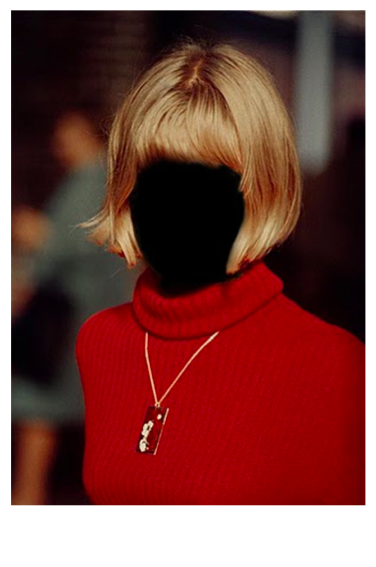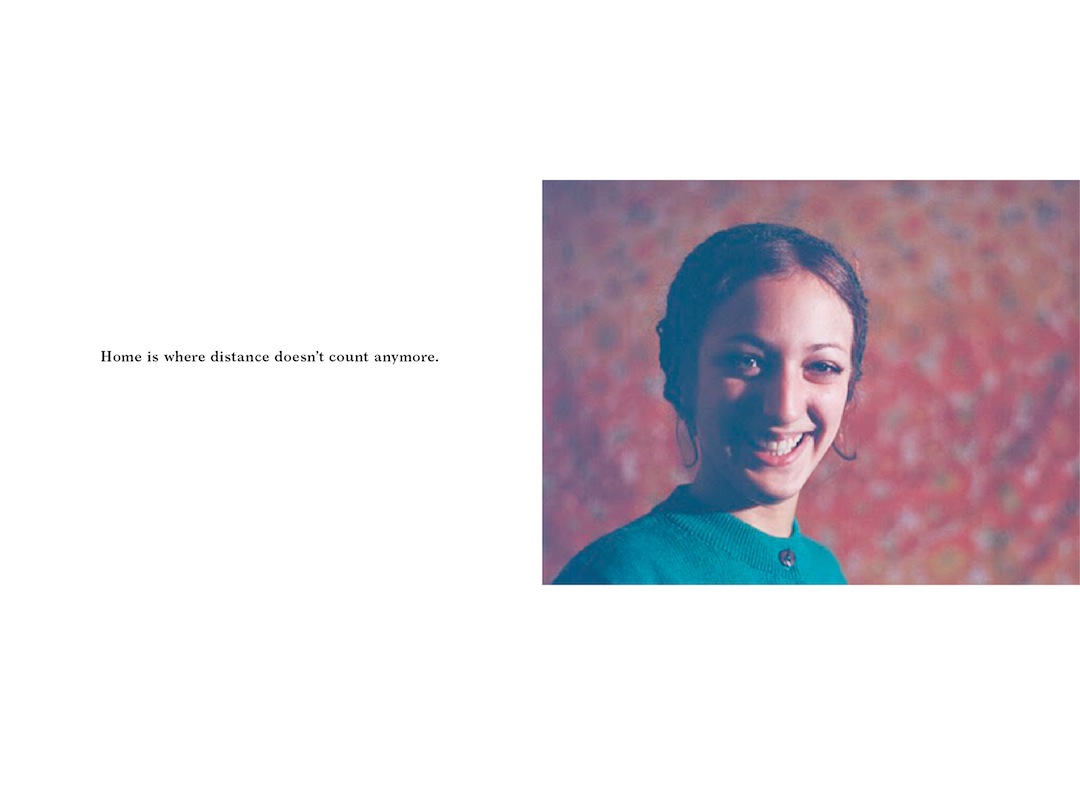
Image from The Looking Game
By M.F.G. Paltrinieri and Mirko Smerdel
Published by Akina Books, London, 2013
The Looking Game by M.F.G. Paltrinieri and Mirko Smerdel is a book published by a co-production between Akina Books and Discipula Editions with a focus on the Dating Game serial killer Rodney Alcala (born Rodrigo Jacques Alcala Buquor; August 23, 1943) and a series of one hundred photographs found in a rented locker after his arrest in 1979. These photographs are now readily available on the web. The reason being that the public in asked to assist in identification in of these women possibly involved in the bizarre trail that Alcala left behind. He is now in jail serving multiple life term sentences and currently on death row. In various stages of his killing spree, Rodney Alcala, during a period in New York when attending New York University studying film under Roman Polanski, used the alias John Berger, not unlike the well-known British critic and theorist, most known for Ways Of Seeing, first published in 1972.
Excerpt from the Introduction of The Looking Game:
In March 2010, the Huntington Beach and New York City Police Departments released 120 photographs taken by suspected serial killer Rodney Alcala and sought the public’s help in identifying them, to determine if any of the women and children he photographed were additional victims.
Approximately 900 additional photos could not be made public, police said, because they were too sexually explicit, while others were cropped for release. In the first few weeks, police reported that approximately 21 women had come forward to identify themselves, and “at least 6 families” said they believed they recognized loved ones who “disappeared years ago and were never found.” However, according to one published account, as of January 2012 none of the photos had been unequivocally connected to a missing person’s case or an unsolved murder. As of today the original 120 photos remain posted on-line, and police continue to solicit the public’s help with further identifications.
M.F.G. Paltrinieri and Mirko Smerdel arrived at The Looking Game , the pinnacle of their research project titled The Subnarratives, which brings together John Berger’s text and the unidentified images taken by Rodney Alcala. In inserting the text onto the faces and bodies of these women, do the authors as men, project a particular academic semiotic symbolism, transforming these faces into the insignificant other? As written in John Berger’s Ways Of Seeing (1972) he states on women in art,
“She has to survey everything she is and everything she does because how she appears to others, and ultimately how she appears to men, is of crucial importance for what is normally thought of as the success of her lift. Her own sense of being in herself is supplanted by a sense of being appreciated as herself by another.” Then continuing, “….One might simplify this by saying: men act and women appear. Men look at women. Women watch themselves being looked at. This determines not only most relations between men and women but also the relation of women to themselves. The surveyor of woman in herself is male: the surveyed female. Thus she turns herself into an object – and most particularly an object of vision: a sight.”
Here we arrive at the photographs taken by Rodney Alcala. That is, the one hundred photographs left in a rented locker. Here the women stare into the lens. Victims? Participants? Passersby? Since the photographs were found in the late 70s we know that if they are still with us, their faces have changed with time and age. Alcala, or under his alias as Berger, empowered himself through the lens of the camera. He did research and documented those he later violated. Here the viewed becomes the re-viewed. The subjects were props in a theater performance gone awry. Paltrinieri and Smerdel have expanded upon the concept of game and the act of looking (versus recognizing or identifying). A public record becomes a personal project of exploration, interpretation and artistic research. In many of the photographs, the subjects faces have been removed, further alienating the sense of self, personhood and humanity that we recognize when looking at the face of someone else whether in a photograph or painting. We are faced with something we can identify with however, when those identifiable features are removed the subject becomes a negated space we want to fill.

Image from The Looking Game
By M.F.G. Paltrinieri and Mirko Smerdel
Published by Akina Books, London, 2013
From page 42, one of the amalgamated texts in the book,
When you are away, you are nevertheless present for me. This presence is multiform: it consists of countless images, passages, meanings, things known, landmarks, yet the whole remains marked by your absence, in that it is diffuse.
M.F.G. Paltrinieri and Mirko Smerdel will do a presentation via Akina Books and Discipula Editions in London on November 28th, 2013 at 18:30. More information can be found here.
More soon!
xo

